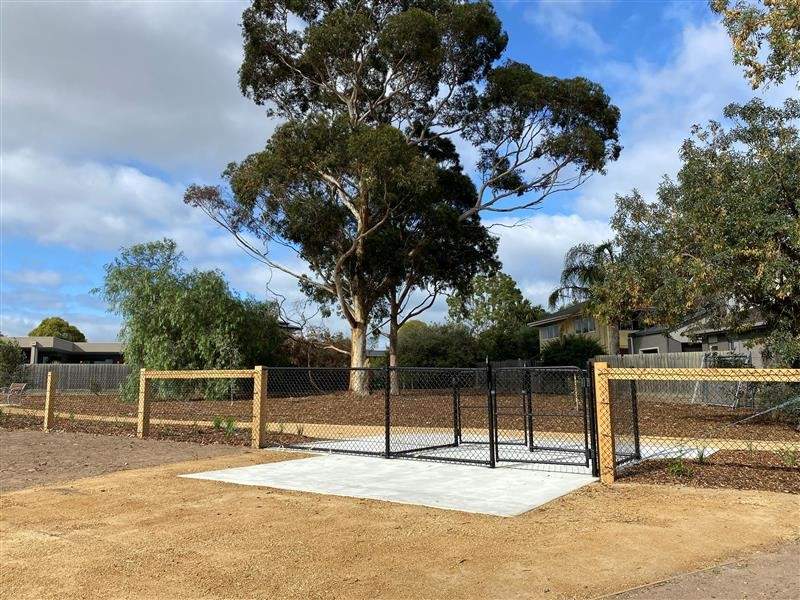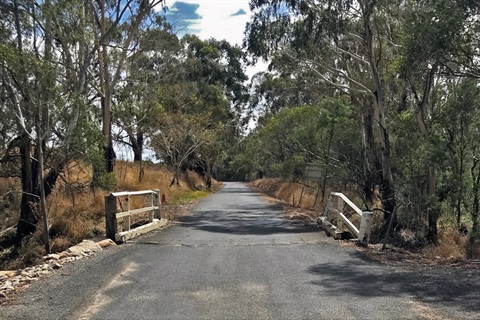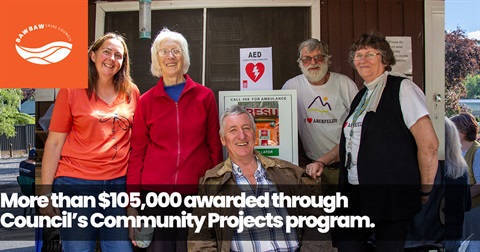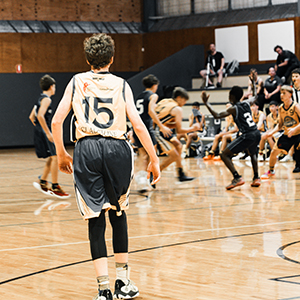
Research into male migration across remote communities in central Australia has shown how waterholes influence First Nations people patterns of migration.
Dr John Binda Reid, who studied First Nations migration and its connection to waterholes, believes that if we continue to deplete or poison the natural reservoirs and springs in the NT or anywhere in Australia this will continue to break cultural connections to Country and Aboriginal Identity.
“Aboriginal people across the Northern Territory have come together to tell us that these waterways are sacred and an important part of their identity,” he said.
“People need to understand the significance of the waterhole, it is where life begins.”
The polluting or poisoning of these waterholes can be likened to polluting Sydney Harbour, a place where people gather from all over the world.
Over the last six years Dr Reid worked with representatives from 11 communities and six language groups, including Arrenrte, Luritja and Walpiri, on Male Migration, a collaborative research study that examined the ‘drivers’ of Aboriginal male migration in central Australia.
Through Dr Reid’s research one of the important findings from this study was how the ‘waterhole’ was defined and described as the epistemological foundation of ceremonial, cultural and social life of Aboriginal tribes who lived in desert and arid environments.
“The waterhole was a place where knowledge development and knowledge transfer occurred-it was a place where belief systems were conceptualised-it was a place where cultural values evolved,” Dr Reid said.
“The waterholes across the region are the epicentre of migration patterns for all the men surveyed in the study, they all confirmed that waterholes and billabongs are places that men travelled to in precolonial and even now in post-colonial times to practice ceremony and share knowledge.”
Using oral narratives and Indigenous methodologies within his research Dr Reid said he can see a direct correlation to a breakdown of Aboriginal identity and traditional values was when encroachment began on the waterholes.
“When I first started, the blokes kept talking about how the billabongs and waterholes are the beating heart of their country, and the rivers, creeks and streams that flowed into the billabong resemble blood vessels, and arteries that pump blood into and out of the heart and up into the brain, where all the important cultural thinking takes place,” Dr Reid said.
“The men believe that if the rivers and creeks become damaged by kardiya (whitefella) development, then that waterhole becomes poisoned -then the hearts of Yapa (Aboriginal) people get weaker. When that happens, culture might die, and ceremony and storyline die too.
“You have to keep the billabong strong like we have to keep our heart strong, and we can only do that by keeping it healthy and free from poison-if the water is contaminated then everything else will die like the plants and trees and animals.”
One methodology that Dr Reid used for his research was ‘ngapartji-ngaparti’ or as he defines it, the ‘Three R’s’ Respectful Reciprocal Relationships. These are traditional core cultural values that are conceptualised and practiced at the waterhole by animals and humans.
Dr Reid said that it is important for any stakeholder, researcher, or government to implement the process of ngapartji-ngaparti as it can help strengthen the foundations of reciprocal respectful relationship between all stakeholders.
“If we can connect Indigenous methodologies, which are grounded deep in traditional Aboriginal belief systems, these can help us learn how to properly listen, engage and collaborate with First Nations people,” Dr Reid said.
“We must listen to these voices to ensure that these stories and knowledge can continue to be shared for generations to come.”








